Some hypoallergenic cat breeds include Balinese, Russian Blue, and Bengal. These breeds produce fewer allergens.
Hypoallergenic cat breeds are a great option for individuals with allergies who still want to enjoy the companionship of a feline friend. While no cat breed is completely allergen-free, certain breeds are known to produce fewer allergens, making them more suitable for allergy sufferers.
We will explore some popular hypoallergenic cat breeds, their characteristics, and how to care for them to minimize allergic reactions. Whether you are a cat lover dealing with allergies or considering getting a cat for the first time, understanding hypoallergenic breeds can help you make an informed decision.
Myth Vs. Reality: Hypoallergenic Cats
When it comes to choosing a cat for those with allergies, the term “hypoallergenic” often comes up. However, there are misconceptions and misunderstandings surrounding the concept of hypoallergenic cats. Let’s explore the reality behind hypoallergenic cat breeds.
Defining Hypoallergenic
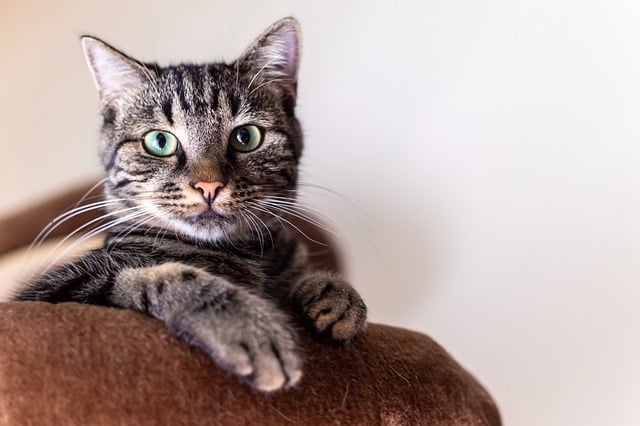
Hypoallergenic cat breeds are typically believed to produce fewer allergens or cause fewer allergic reactions in individuals with cat allergies. However, it’s important to understand that no cat breed is completely hypoallergenic. Instead, some breeds are known to produce fewer allergens than others, making them a potential option for allergy sufferers.
Common Misconceptions
- Allergen-Free: It’s a common misconception that hypoallergenic cats are entirely allergen-free. In reality, all cats produce allergens, but some breeds produce fewer allergens, which can reduce allergic reactions in sensitive individuals.
- Guaranteed Allergy Relief: Another misconception is that owning a hypoallergenic cat guarantees relief from allergies. While hypoallergenic breeds may be more suitable for some allergy sufferers, individual reactions can vary, and it’s not a one-size-fits-all solution.
Understanding the nuances of hypoallergenic cat breeds is essential for making an informed decision when considering a feline companion, especially for those with allergies.
The Science Behind Cat Allergies
Understanding the science behind cat allergies is crucial for pet owners who are sensitive to allergens. While there is no such thing as a completely hypoallergenic cat breed, some breeds are known to produce fewer allergens, making them more suitable for individuals with allergies. By delving into the mechanisms of cat allergies, we can gain insight into the factors that contribute to allergic reactions.
Allergens And Their Sources
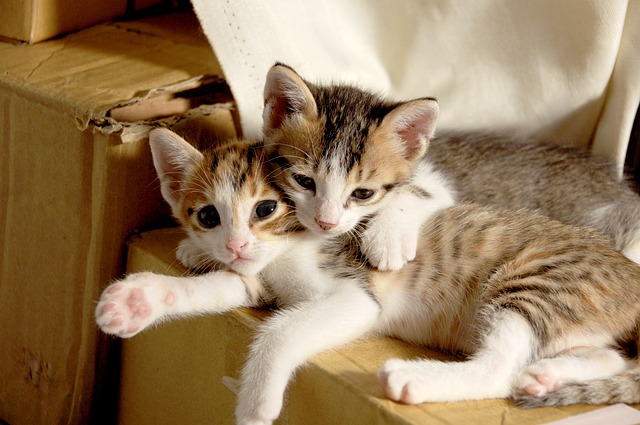
Cat allergens are primarily produced by the cat’s skin, saliva, and sebaceous glands. These allergens are microscopic and can become airborne, settling on surfaces throughout the home. When an allergic individual comes into contact with these allergens, the immune system may overreact, triggering allergic symptoms.
How Allergies Work

Allergic reactions occur when the immune system mistakes harmless substances, such as cat dander or saliva, as threats. The immune system then releases antibodies and histamines, leading to symptoms like sneezing, itching, and congestion. The severity of these reactions varies from person to person, with some individuals experiencing more severe symptoms than others.
Measuring Allergy Potential In Cats
Allergen Levels In Different Breeds

Cats are often associated with allergies, but not all breeds produce the same allergens. Some cat breeds are considered hypoallergenic, meaning they are less likely to trigger allergic reactions in sensitive individuals. While no breed is completely hypoallergenic, some are known to produce lower levels of allergens, making them a better choice for allergy sufferers. Understanding the allergen levels in different cat breeds can help individuals make an informed decision when choosing a pet.
Factors Affecting Allergen Production
Several factors can influence the production of allergens in cats. These may include genetics, grooming habits, and environmental factors. Different breeds may have varying levels of a specific protein, called Fel d 1, which is a common allergen found in cat saliva, dander, and urine. Additionally, individual cats within the same breed can also differ in their allergen production. Environmental factors, such as diet and living conditions, can also play a role in allergen levels. By considering these factors, individuals can identify breeds that are less likely to trigger allergic reactions.
Popular Hypoallergenic Cat Breeds
Siberian Cats
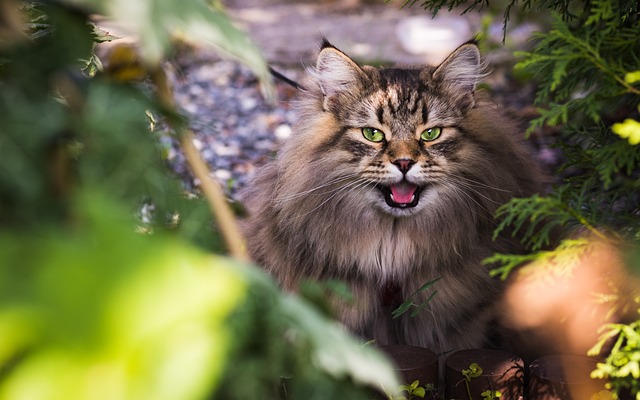
Siberian Cats are known for their hypoallergenic qualities due to their low levels of the Fel d 1 protein. These fluffy and friendly cats are a great choice for individuals with allergies.
Balinese Cats
Balinese Cats are another hypoallergenic breed known for producing less dander and saliva, making them a suitable option for allergy sufferers. Their silky coat and playful nature make them a popular choice among cat lovers.
Special Qualities Of The Sphynx
The Sphynx cat breed is known for its unique qualities that set it apart from other hypoallergenic cat breeds. From their distinctive appearance to their special care needs, Sphynx cats offer a truly one-of-a-kind pet ownership experience.
Unique Coat And Allergen Production
The Sphynx cat’s most notable feature is its lack of fur, giving it a hairless appearance. Despite their hairless coat, Sphynx cats still produce allergens through their saliva and skin oils, which can trigger allergic reactions in some individuals.
Sphynx Care Considerations
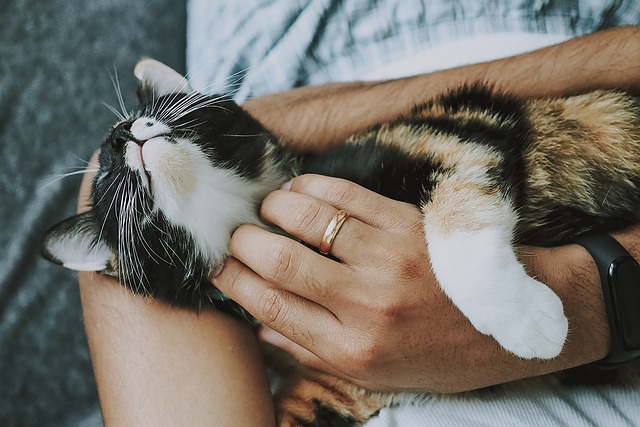
- Regular bathing to remove excess oils and reduce allergen production.
- Monitor skin health and protect from sunburn due to lack of fur.
- Provide warmth and insulation, as they are more susceptible to temperature changes.
The Russian Blue’s Allure
The Russian Blue cat breed is renowned for its striking appearance and its hypoallergenic qualities. This elegant and mysterious feline has been captivating cat lovers for generations, and its unique characteristics make it an ideal choice for individuals with allergies.
Low Allergen Levels
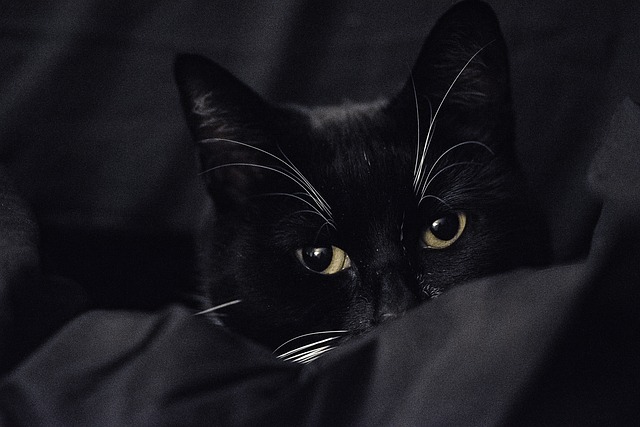
Russian Blue cats are often considered hypoallergenic due to their low levels of the Fel d 1 protein, which is the primary allergen found in cat dander. This makes them a great option for individuals who are sensitive to pet allergens but still want to experience the joy of owning a cat. While no cat breed is completely hypoallergenic, the Russian Blue’s minimal shedding and low dander production make it a suitable choice for allergy sufferers.
Personality And Maintenance
The Russian Blue is known for its gentle and affectionate nature. These cats are typically reserved around strangers but form strong bonds with their human companions. They are intelligent and independent, yet they also enjoy being a part of the family and participating in daily activities. In terms of maintenance, Russian Blues have a short, dense coat that requires minimal grooming, making them an easy breed to care for.
Oriental Shorthair: A Low-shedding Option
The Oriental Shorthair is a popular choice for those seeking a hypoallergenic cat. With their sleek coats and minimal shedding, they are often considered a low-allergen breed, making them a great option for allergy sufferers. Let’s explore the characteristics of the Oriental Shorthair that make them a suitable choice for individuals with allergies.
Hair Length And Allergies
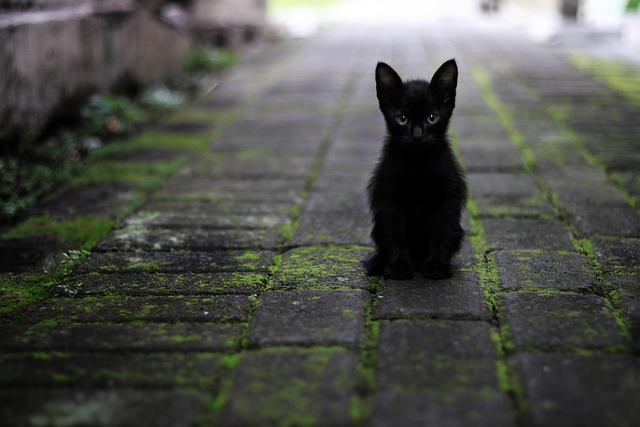
The short, close-lying coat of the Oriental Shorthair contributes to their hypoallergenic qualities. The reduced hair length means that they are less likely to shed allergen-laden fur, making them a favourable choice for allergy sufferers.
Grooming And Care
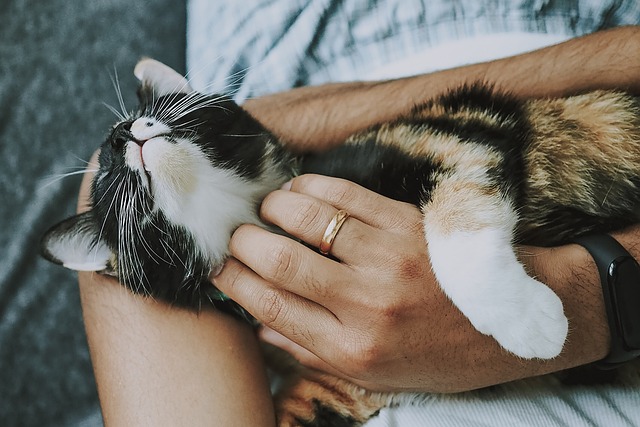
Despite their short coat, regular grooming is still essential for Oriental Shorthairs to maintain their hypoallergenic qualities. Brushing their coat weekly can help to reduce shedding and minimize the spread of allergens. Additionally, keeping their living environment clean and free from dander can further alleviate allergic reactions.
Lifestyle Adjustments For Allergic Owners
Living with allergies can be challenging, especially for cat lovers. But with the right lifestyle adjustments, allergic owners can still enjoy the companionship of a hypoallergenic cat. From home cleaning tips to managing allergies with medication, there are strategies to make cohabiting with a cat more manageable for those with sensitivities.
Home Cleaning Tips
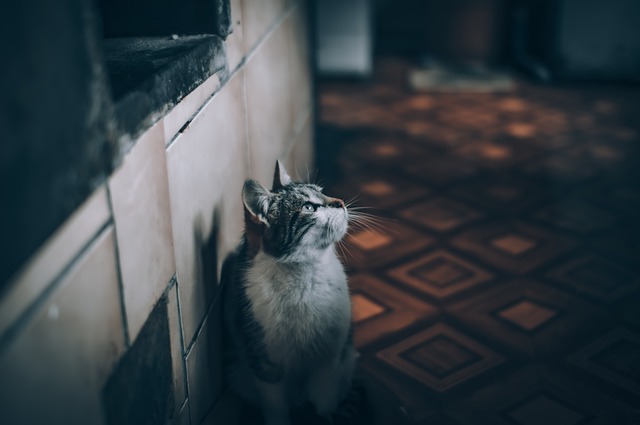
Keeping a clean home is essential for allergic cat owners. Here are some effective home cleaning tips:
- Vacuum carpets and furniture regularly using a HEPA filter vacuum to remove pet dander.
- Wash bedding and curtains in hot water frequently to eliminate allergens.
- Use air purifiers with HEPA filters to trap airborne allergens.
- Designate cat-free zones in the home, such as the bedroom, to minimize exposure to allergens.
Managing Allergies With Medication
For allergic cat owners, managing allergies with medication can make living with a hypoallergenic cat more comfortable. Here are some options:
- Antihistamines: Over-the-counter antihistamine medications can help alleviate allergy symptoms.
- Nasal Sprays: Prescription nasal sprays can reduce nasal congestion and inflammation caused by allergies.
- Allergy Shots: Immunotherapy treatment can help desensitize the body to allergens over time.
Choosing The Right Hypoallergenic Cat
Find the ideal hypoallergenic cat breed for allergy sufferers. Certain cat breeds, such as the Siberian and Balinese, are known to produce fewer allergens, providing a suitable option for those sensitive to pet dander.
If you’re allergic to cats but still want to adopt one, hypoallergenic cats might be the solution for you. These cats produce fewer allergens than other breeds, making them less likely to trigger allergic reactions. However, not all hypoallergenic cats are the same. Some breeds might still cause allergies in some people, while others might not. Therefore, choosing the right hypoallergenic cat requires some research and consideration. Here are some factors to keep in mind when selecting a hypoallergenic cat.
Considering Your Allergy Severity

Before adopting a hypoallergenic cat, you should consider the severity of your allergies. Some hypoallergenic cats produce fewer allergens than others, but none of them are completely allergen-free. Therefore, if you have severe allergies, you might still experience symptoms even with a hypoallergenic cat. In that case, you should consult your doctor and discuss your options. However, if your allergies are mild to moderate, a hypoallergenic cat might be a good choice for you.
Meeting Cats Before Adoption
It’s essential to meet the cat you’re planning to adopt before deciding. Allergy symptoms vary from person to person, and they might not appear immediately after exposure. Therefore, spending time with a cat before adoption allows you to observe your body’s reactions and ensure that you’re not allergic to that particular cat. You can visit a cat shelter or a breeder and spend some time with the cats there. If you experience any symptoms, such as sneezing, itching, or wheezing, you might need to consider a different breed or reconsider adopting a cat altogether.
Choosing the right hypoallergenic cat requires some research and consideration. You should consider the severity of your allergies and meet the cat before adoption to ensure that you’re not allergic to it. Additionally, you should keep in mind that no hypoallergenic cat is completely allergen-free, and you might still experience some symptoms even with a hypoallergenic breed. However, if you’re willing to take the necessary precautions, a hypoallergenic cat might be a great addition to your household.
Beyond Breeds: Other Hypoallergenic Solutions
Allergen-reducing Products
Consider using allergen-reducing products to create a hypoallergenic environment for you and your cat.
- Invest in high-quality air purifiers to filter out allergens.
- Use hypoallergenic bedding and cleaning products to reduce irritants.
- Opt for vacuums with HEPA filters to trap pet dander effectively.
Innovations In Allergy Treatments
Stay updated on the latest innovations in allergy treatments to manage cat allergies effectively.
- Explore immunotherapy options like allergy shots for long-term relief.
- Consult with allergists for personalized treatment plans tailored to your needs.
- Consider medications or nasal sprays to alleviate allergy symptoms.
Frequently Asked Questions
What Is The Best Cat For Someone With Allergies?
The best cat for someone with allergies is a hypoallergenic breed such as the Siberian or Balinese cat.
What Cat Can I Own If I’m Allergic?
Consider hypoallergenic cat breeds like the Siberian, Balinese, or Sphynx. They produce fewer allergens, making them suitable for allergy sufferers.
Which Cat Breed Causes The Least Allergies?
The Siberian cat breed is known to cause the least allergies among all cat breeds. Their coat contains a low level of Fel d 1 protein, which is the main allergen that triggers allergic reactions in humans.
Can You Live With A Cat If You Are Allergic?
Yes, it is possible to live with a cat if you are allergic. Regular cleaning, using air purifiers, and allergy medications can help manage symptoms. Additionally, choosing a hypoallergenic cat breed can also reduce allergic reactions.
Conclusion
Finding hypoallergenic cat breeds can bring relief to allergy sufferers. Remember, each cat is unique. Consult breeders or shelters for guidance. Prioritize your health and compatibility when choosing a furry companion. With proper research and care, you can find a hypoallergenic cat that fits perfectly into your life.
